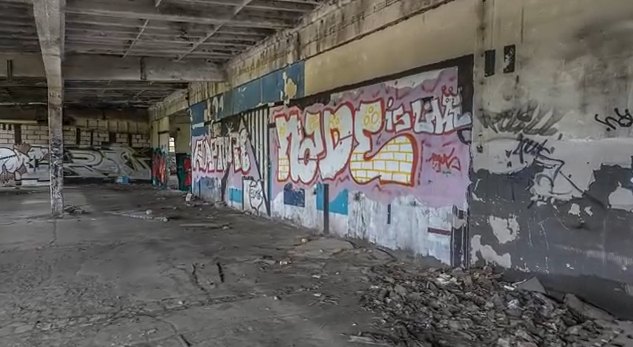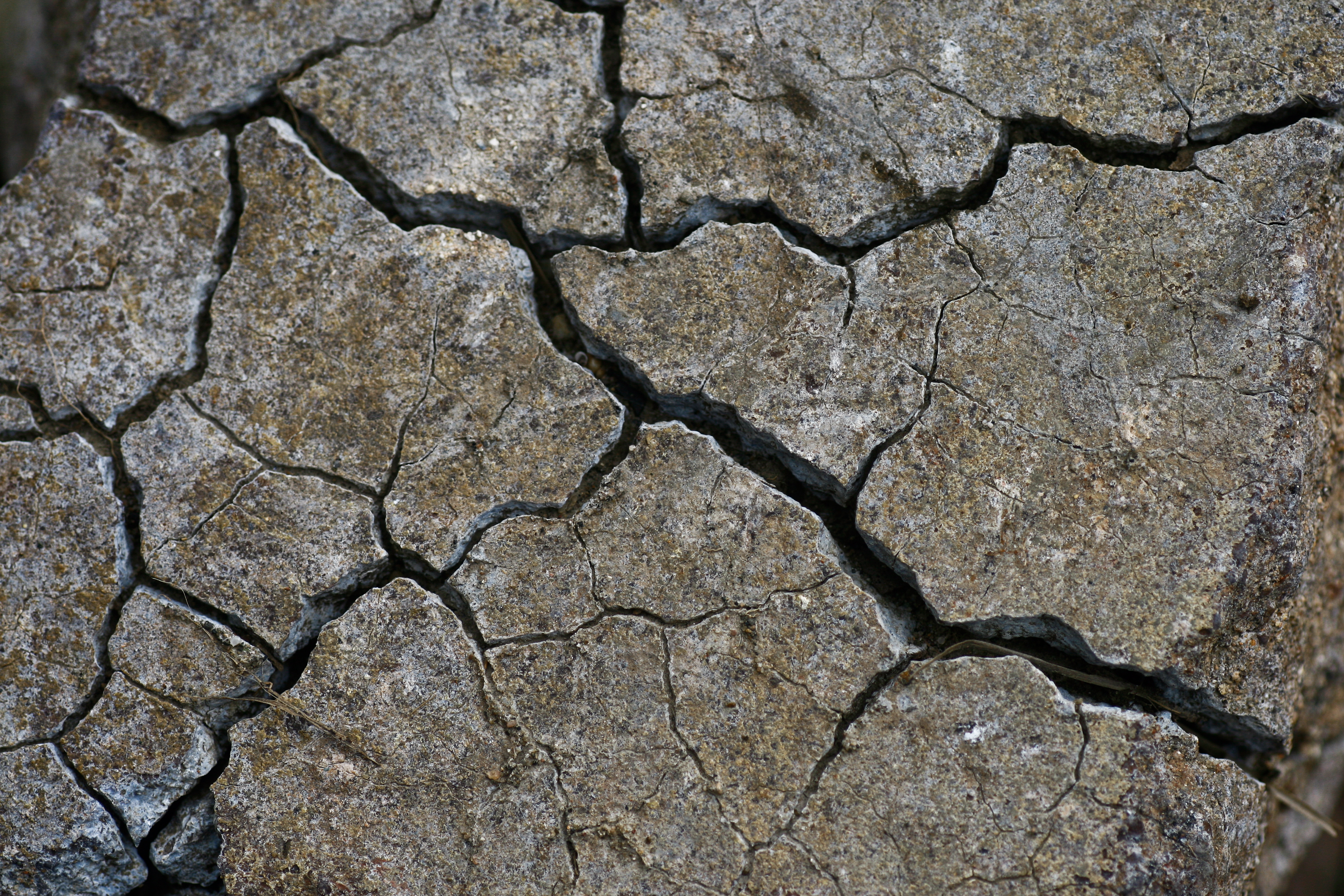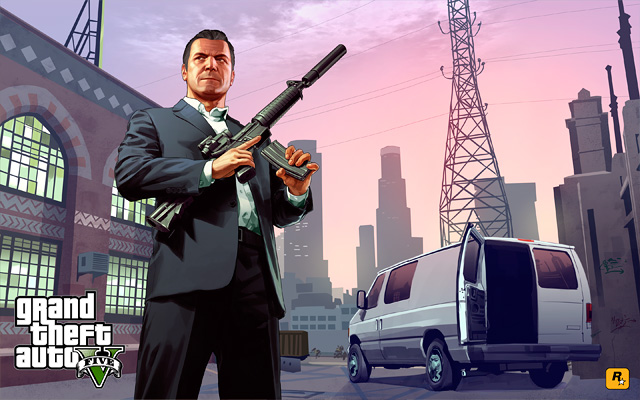When starting the assignment, I made sure that I
carefully read and understood all of the tasks that were being given to me. The assignment was very well structured and east
to understand what needed to be done and the assignment tasks wee mapped out
well. I used Moodle to use materials suggested by the
teacher to help with any work I had, I found them very useful. I was aware of the timescale that I had to
complete this project; however, I don’t think I had managed my time correctly
as I did over shoot the deadline of the project. I didn't set myself any short
term goals, which could of helped but I did at times plan ahead, for example, I
had created a character at home to use in the project. The research that I collected helped quite a lot
with my concept as some parts of the character are very much inspired from different
games. I felt very confident using the Photoshop software
but when it came to using Illustrator, it did take some time to get used to the
program. Whilst creating the initial sketch of the character,
I felt very comfortable with the decisions made during the production. I did collect
additional research for some parts of the character, for example, I looked up
what workers boots looked like. I was quite confident with the DSLR camera, the
person that I used was very cooperative and managed to do the poses well. I didn't really experiment with the other photographs,
which I probably should have to see if any of the other outcomes looked better than
the one I chose. I felt I had improved on my tracing skills in
Illustrator as I was quite impressed with the final outcome of the character. Overall, I am very pleased with the character
that I have created and if I were to do it again, I would definitely choose a
different pose.
Unit 78: Digital Graphics for Computer Games
Monday, 16 June 2014
Tuesday, 10 June 2014
Task 3 - Artistic Styles
PHOTOREALISM
Photorealism is a genre of art that encompasses painting, drawing and other graphic mediums, in which an artist studies a photograph and then attempts to reproduce the image as realistically as possible in another medium. Although the term can be used to broadly describe artworks in many different mediums, it is also used to refer specifically to a group of paintings and painters of the United States art movement that began in the late 1960s and early 1970s.

CELL
SHADING
Cel shading or toon shading is a type of non-photorealistic rendering designed to make 3-D computer graphics appear to be flat by using less shading color instead of a shade gradient or Tints and shades. Cel-shading is often used to mimic the style of a comic book or cartoon. It is somewhat recent, appearing from around the beginning of the twenty-first century. The name comes from cels, the clear sheets of acetate which are painted on for use in traditional 2D animation.

ABSTRACTION
Abstract art style employs lines and geometric shapes that are not meant to resemble anything in particular. Geometry Wars and Breakout are two well-known examples.

EXAGGERATION
Exaggeration is used in games, mostly in RPGs, this art style is used for animé and manga typically, this art style is where the artist exaggerates many things within the game, mostly games with a Japanese influence.

Task 2 - Game Graphics
PIXEL ART
Pixel art is a form of digital art, created through the use of raster graphics software, where images are edited on the pixel level. Graphics in most old (or relatively limited) computer, console, graphing calculator and mobile phone video games are mostly pixel art.
CONCEPT ART
Concept art is a form of illustration used to convey an idea for use in films, video games, animation, or comic books before it is put into the final product. Concept art is also referred to as visual development and/or concept design. This term can also be applied to retail design, set design, fashion design, architectural design and industrial design.

TEXTURE ART
In the visual arts, texture is the perceived surface quality of a work of art. It is an element of two-dimensional and three-dimensional design and is distinguished by its perceived visual and physical properties. Use of texture, along with other elements of design, can convey a variety of messages and emotions.

BACKGROUND GRAPHICS
Background graphics are shown in games like on the main menu screens or sometimes sky boxes.

PRINT MEDIA ART
Print media are lightweight, portable, disposable publications printed on paper and circulated as physical copies in forms we call books, newspapers, magazines and newsletters. They hold informative and entertaining content that is of general or special interest.

Tuesday, 21 January 2014
Tuesday, 14 January 2014
Task 3 - Graphic Types
PIXEL ART
Pixel art is a form of digital art, created through the use of raster graphics software, where images are edited on the pixel level. Graphics in most old or relatively limited computer, console, graphing calculator and mobile phone video games are mostly pixel art.


CONCEPT ART
Concept art is a form of illustration where the main goal is to convey a visual representation of a design, idea, and mood for use in films, video games, animation, or comic books before it is put into the final product. Concept art is also referred to as visual development and/or concept design. This term can also be applied to retail design, set design, fashion design and architectural design.


TEXTURE ART
In the visual arts, texture is the perceived surface quality of a work of art. It is an element of two-dimensional and three-dimensional design and is distinguished by its perceived visual and physical properties. Use of texture, along with other elements of design, can convey a variety of messages and emotions.


BACKGROUND GRAPHICS
The background graphics are the sky boxes within games.


PRINT MEDIA ART


Pixel art is a form of digital art, created through the use of raster graphics software, where images are edited on the pixel level. Graphics in most old or relatively limited computer, console, graphing calculator and mobile phone video games are mostly pixel art.


CONCEPT ART
Concept art is a form of illustration where the main goal is to convey a visual representation of a design, idea, and mood for use in films, video games, animation, or comic books before it is put into the final product. Concept art is also referred to as visual development and/or concept design. This term can also be applied to retail design, set design, fashion design and architectural design.


TEXTURE ART
In the visual arts, texture is the perceived surface quality of a work of art. It is an element of two-dimensional and three-dimensional design and is distinguished by its perceived visual and physical properties. Use of texture, along with other elements of design, can convey a variety of messages and emotions.


BACKGROUND GRAPHICS
The background graphics are the sky boxes within games.
PRINT MEDIA ART
The combined use of media, such as television, radio, print, and the Internet, as for advertising or publicity.


Task 2 - Artistic Styles
PHOTO-REALISM




Photorealism is the genre of painting based on using cameras and photographs to gather visual information and then from this creating a painting that appears to be photographic. The term is primarily applied to paintings from the United States art movement that began in the late 1960s and early 1970s.
An good example of a photo realistic game engine is ThorSkan:

CELL SHADING
Cell shading or toon shading is a type of non-photo-realistic rendering designed to make 3-D computer graphics appear to be flat. Cell-shading is often used to mimic the style of a comic book or cartoon. It is somewhat recent, appearing from around the beginning of the twenty-first century. The name comes from cells (short for celluloid), the clear sheets of acetate which are painted on for use in traditional 2D animation

ABSTRACTION
Abstraction is a process by which concepts are derived from the usage and classification of literal "real" or "concrete" concepts, first principles, or other methods. "An abstraction" is the product of this process a concept that acts as a super-categorical noun for all subordinate concepts, and connects any related concepts as a group, field, or category.

EXAGGERATION
Exaggeration is a representation of something in an excessive manner. The exaggerator has been a familiar figure in Western culture since at least Aristotle's discussion of the alazon: 'the boaster is regarded as one who pretends to have distinguished qualities which he possesses either not at all or to a lesser degree than he pretends, exaggerating'

Subscribe to:
Comments (Atom)






